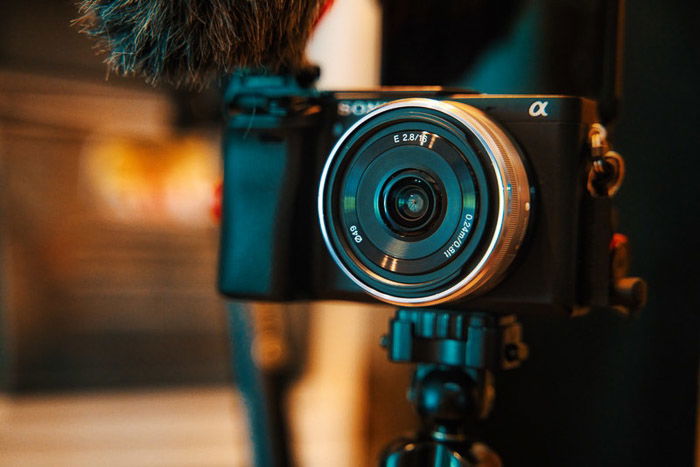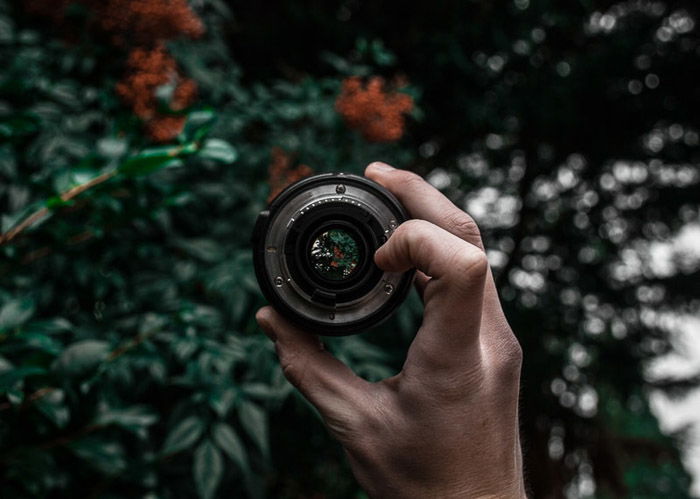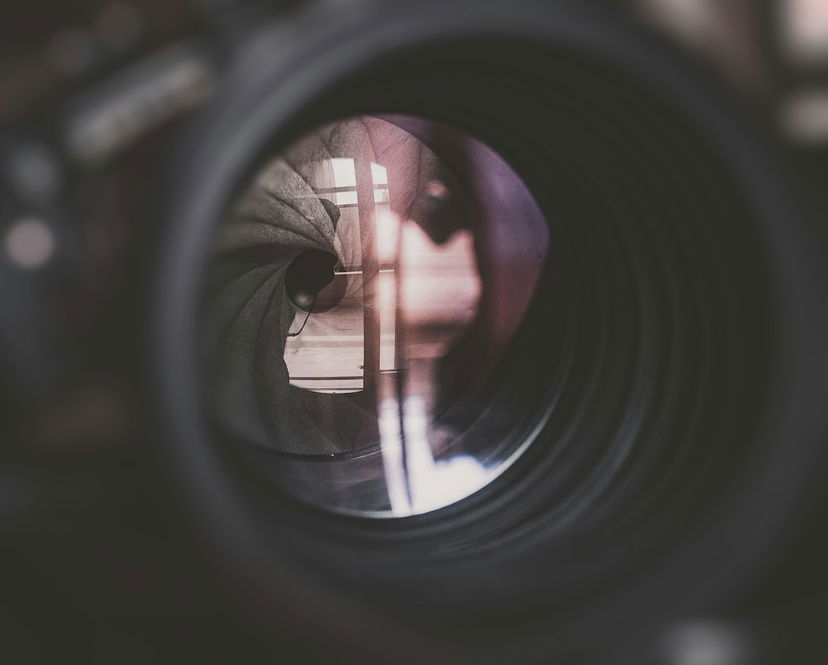What is a Pancake Lens? (And How to Use One)
A pancake lens can make your camera feel almost like there's no lens attached at all.
The term pancake lens has nothing to do with stacks of breakfast carbs topped with maple syrup. It has everything to do with size.
Like the breakfast food, pancake lenses are thin and lightweight. Let’s look at what a pancake lens is exactly. And what you need to know before adding a pancake lens to your photography kit.
What Is a Pancake Lens?
The term pancake lens doesn't have a clear definition in the photography community. It's a colloquialism that's tossed around to refer to small lenses.
There's no definition requiring pancake lenses to fit within a certain size standard. Many of them are an inch or less. A handful measure a bit longer and are still called pancake lenses.
Most agree that a pancake lens is a small, lightweight lens. It’s easy to shoot with all day or bring along when you travel.
Pancake lenses add little length to the front of the camera, so they are easy to use in a small camera bag. Shooting with a pancake lens feels like shooting with no lens at all. The lens has such a minimal impact on the size and weight of the camera system.
Most pancake lenses are prime lenses. Zoom lenses need more pieces that make them larger.
Along those same lines, pancake lenses are usually wide-angle to standard focal lengths such as a 40mm lens. You won't find a 300mm pancake lens.
Again, the reason is that longer focal lengths need more glass, which makes for a larger lens.
Manufacturers might make a retractable wide-angle zoom lens. This is common with Micro Four Thirds, and it’s small enough to warrant the term pancake lens.
These types of lenses are usually retractable. That means they are smaller when not in use because they twist shut for storage.
Besides being small, pancake lenses are also often affordable lenses. High-end optics, again, need more pieces. These give the lens an edge in sharpness and minimizing distortion.
That doesn't mean they are bad lenses just not as good, quality-wise, as a $2,000 lens.
A pancake lens has a small size, affordable price and (often) wide-angle focal length. It's easy to see why pancake lenses are so popular.
Many photographers favour them for travel and street photography. Even professional photographers might shoot with their big, expensive lenses first. Then they might switch to a smaller lens when the weight is starting to wear on them.
The Pros and Cons to Shooting With a Pancake Lens

The benefits of shooting with a smaller lens may seem obvious at first. But there are a few perks beyond saving your neck and back extra aches.
Heavier lenses tend to create more camera shake. With a pancake lens, the camera system is less likely to introduce shake.
Pancake lenses are less likely to draw attention than big lenses. This can be a perk when trying to shoot candid photos or street photography.
As prime lenses, pancake lenses also tend to be bright, with an f/2.8 or f/1.8 aperture. Compared to the typical kit lens, pancake lenses can go a little farther in low light. And they can create backgrounds that are a little bit softer.
Camera bodies are becoming slimmer and slimmer. A pancake lens tends to create a well-balanced system. Large lenses create a front-heavy system that feels off-balanced in your hands. That's not the case with a pancake lens.
Pancake lenses tend to have more pros than cons but there are a few not-so-positive things to think about.
First, pancake lenses are seldom the high-end, best-in-class lenses. They have fewer pieces.
A pancake lens often shoots good and even great images. But you can sometimes find better image quality in a larger, more expensive lens.
And while pancake lenses are great, you shouldn't fill your camera bag with only small lenses. Most pancake lenses are limited to wide to standard focal lengths. You'll miss out on the perks of telephoto if you stick with only pancakes.
Pick up a pancake lens for those wide-angle shots. But don't ignore the larger lenses with larger focal lengths either.
Convinced you need a pancake lens in your camera bag? Here are a few of the best pancake lens options for major camera systems.
(We didn't forget Nikon. Unfortunately, the manufacturer doesn't offer small Nikon pancake lens options outside of some manual focus options and three-inch-long primes.)

Canon Pancake Lenses
- Canon EF 50mm f/1.8 STM: This full frame lens is less than one inch thick and weighs a mere 130 grams. Despite the small size, the lens is bright. And it has a few extras to prevent distortion and aberrations.
- Canon EF-S 24mm f/2.8 STM: This is a lens designed for APS-C cameras (not full frame). The 24mm lens is even lighter, weighing 125 grams and keeping a small profile.
Sony Pancake Lenses
- Sony E 20mm f/2.8: This is a lens designed for APS-C mirrorless cameras. It offers a wide view and a bright aperture while weighing a mere 69 grams. The lens sticks out only .8 inches from the front of the camera.
- Sony E 16mm f/2.8: This is a great lens for a wider view.
Fujifilm Pancake Lenses
- Fujifilm XF 18mm f/2 R: This highly-rated lens offers a wide view, a wide maximum aperture and a slim design. The lens weighs about 116 grams and measures 1.6 inches from the front of the camera.
- Fujifilm XF 27mm f/2.8: To get in a little closer (41mm full frame equivalent), this 27mm lens offers a bright aperture. And it still weighs less than 80 grams.
Micro Four Thirds Pancake Lenses
- Panasonic Lumix G 20mm f/1.7 II ASPH: Micro Four Thirds' smaller sensor makes it a little easier to find pancake lenses. This Panasonic Lumix has a bright aperture, despite being just one inch long.
- Olympus M.Zuiko Digital ED 14-42mm f/3.5-5.6 EZ: This lens isn't any brighter than the typical kit lens. But the fact that Olympus managed to fit a versatile 14-42m zoom in a lens that's less than an inch long is impressive.
- Olympus Fisheye Body Cap 9mm f/8 lens: This lens isn't any bigger than a body cap. It almost looks like you are shooting with no lens at all. The super compact size introduces some flaws like a fixed f/8 aperture. But if you like the fisheye look this lens is tiny and cheap.
Conclusion
Camera lenses come in all different sizes pancake lenses are the smallest of the bunch. Pancake lenses are short and lightweight.
They are ideal for travel or keeping the camera system light enough to shoot with all day.
Besides the size benefits, many pancake lenses are also affordable, bright prime lenses.
Canon, Sony, Fujifilm, Olympus, and Panasonic all offer a handful of different pancake lens options.
Looking for more great camera tips? Why not check out our new articles on best mirrorless camera options, when to use a wide angle lens next!




